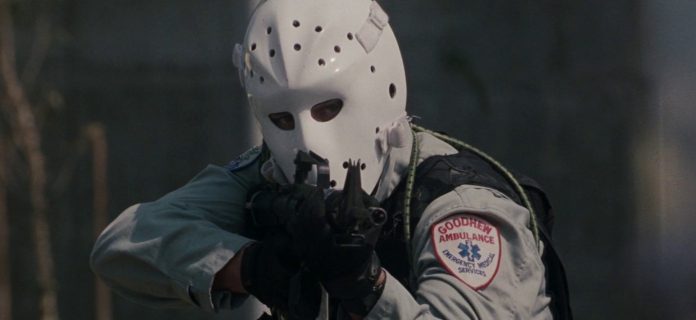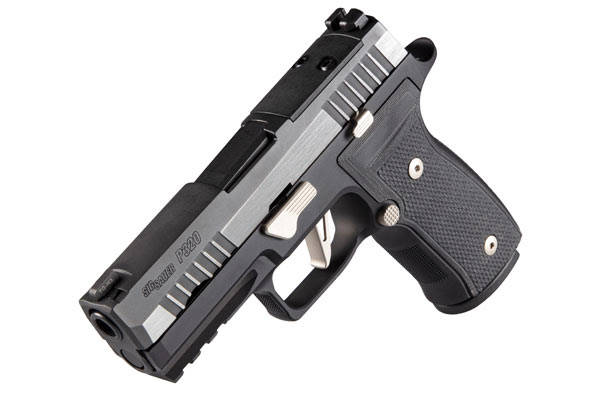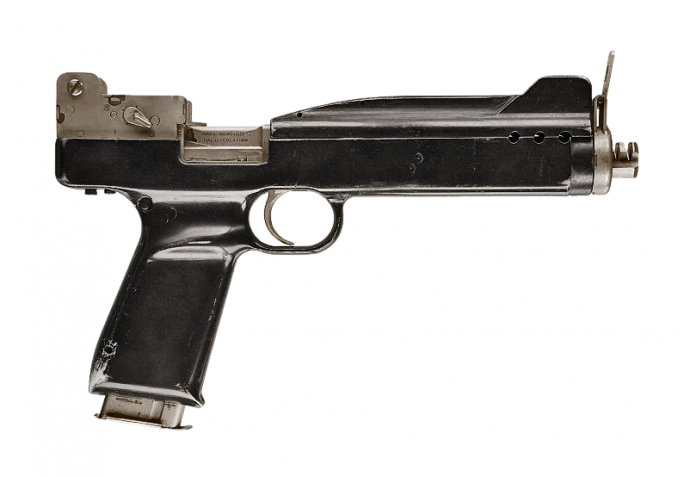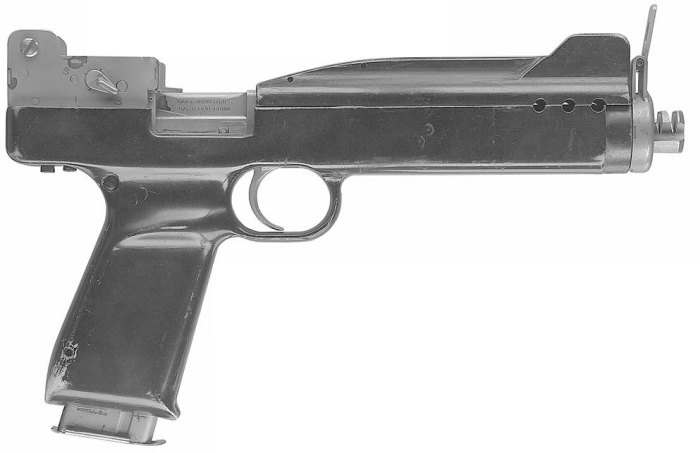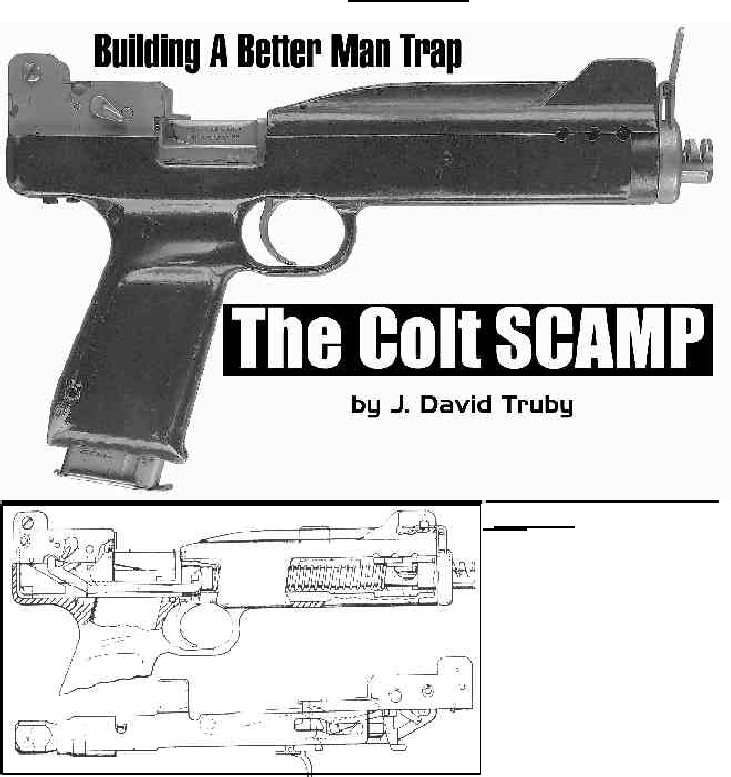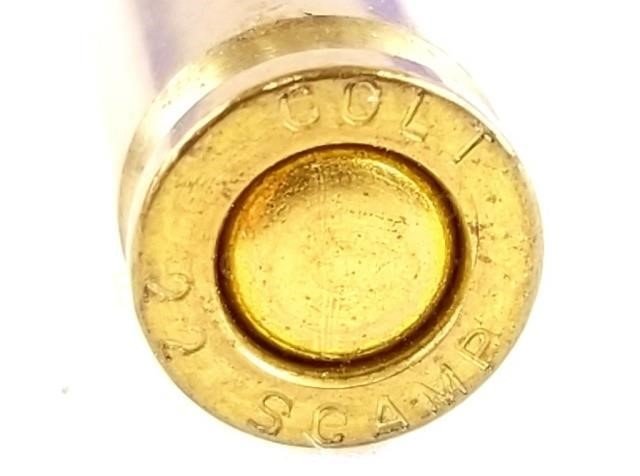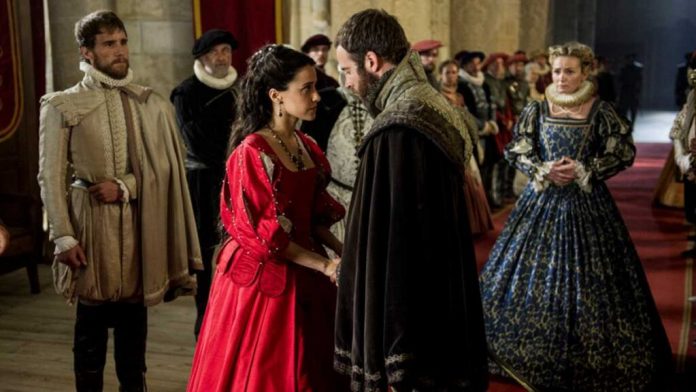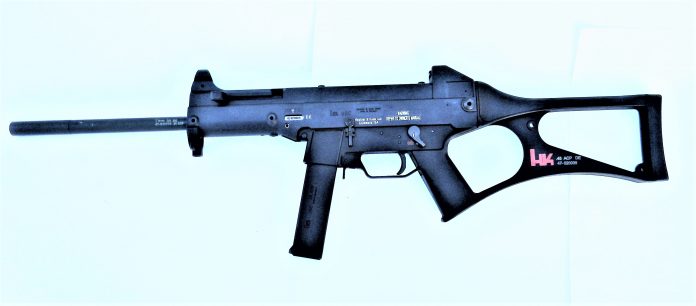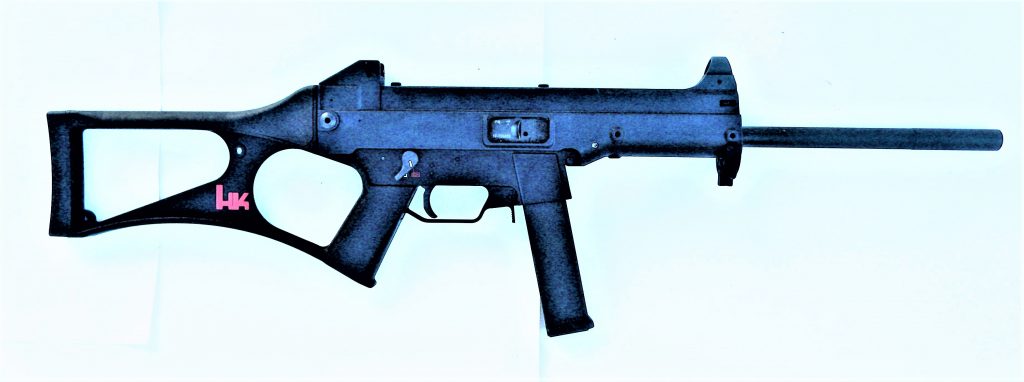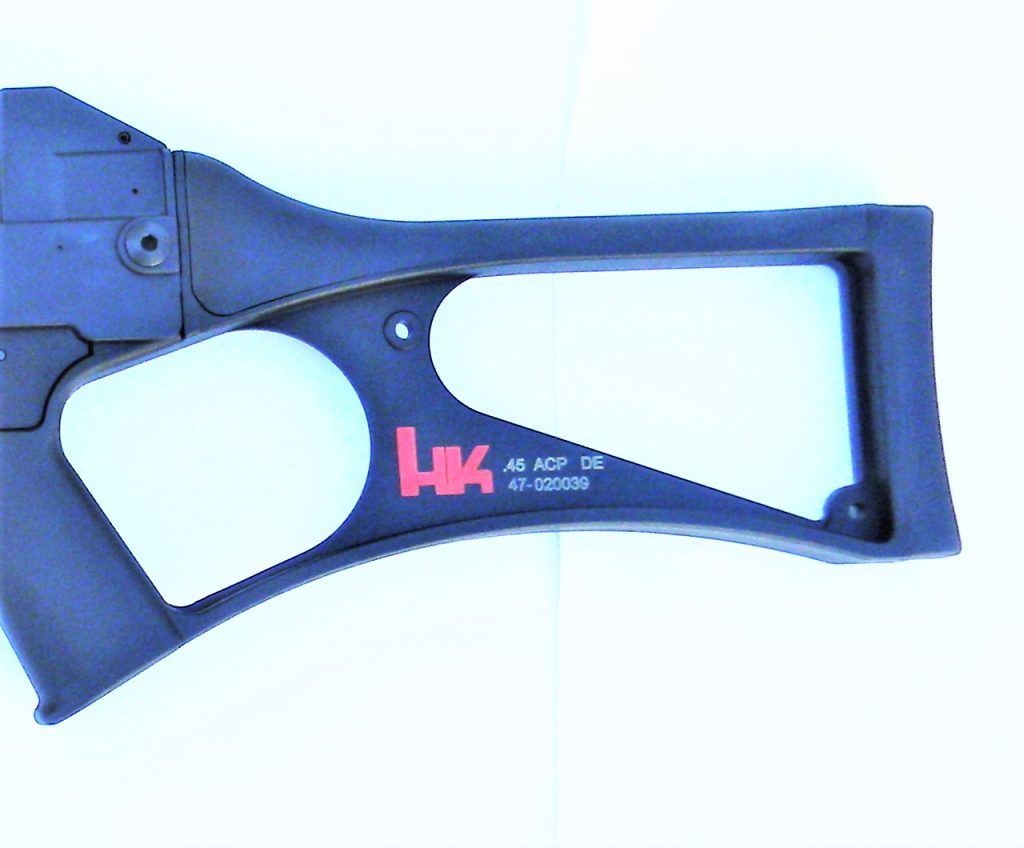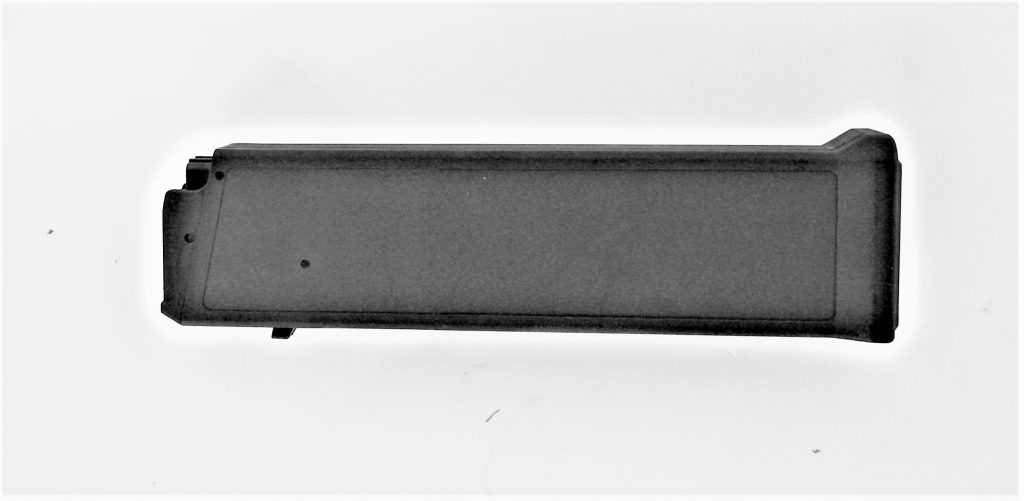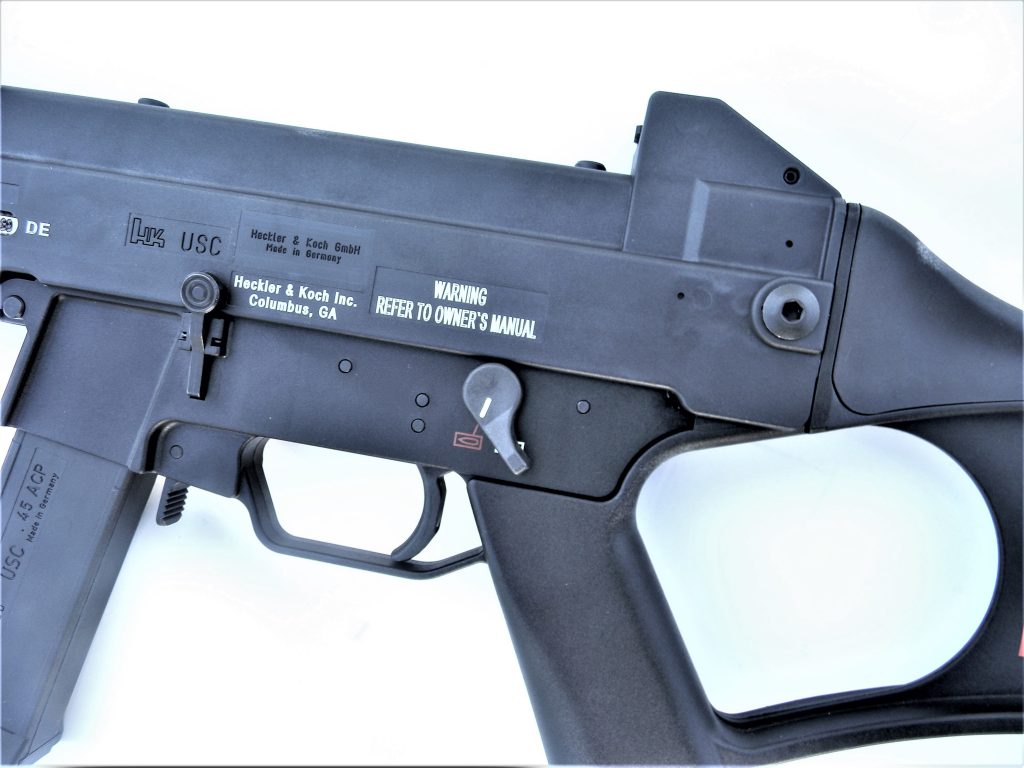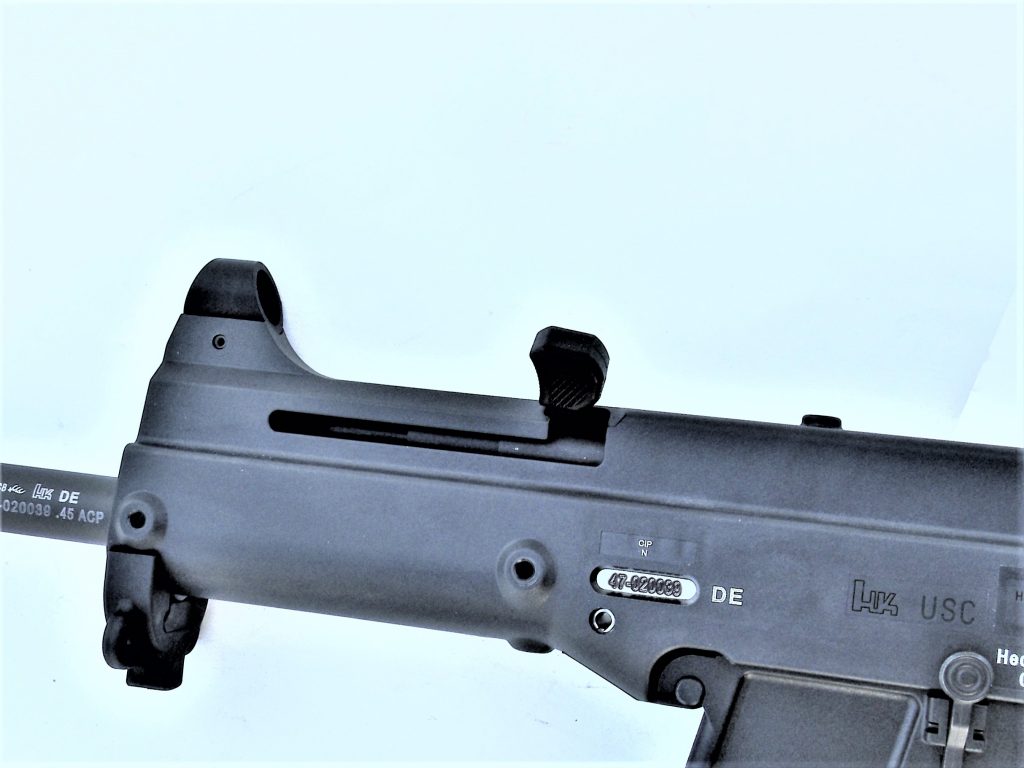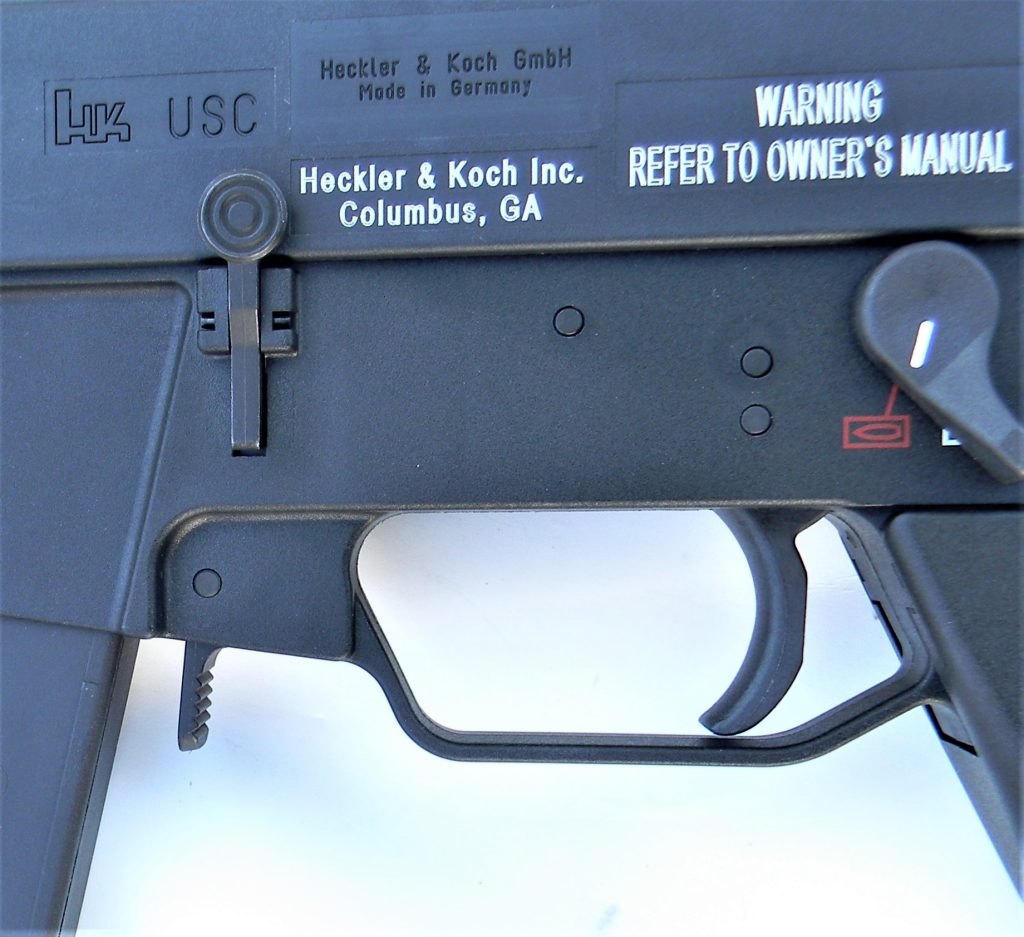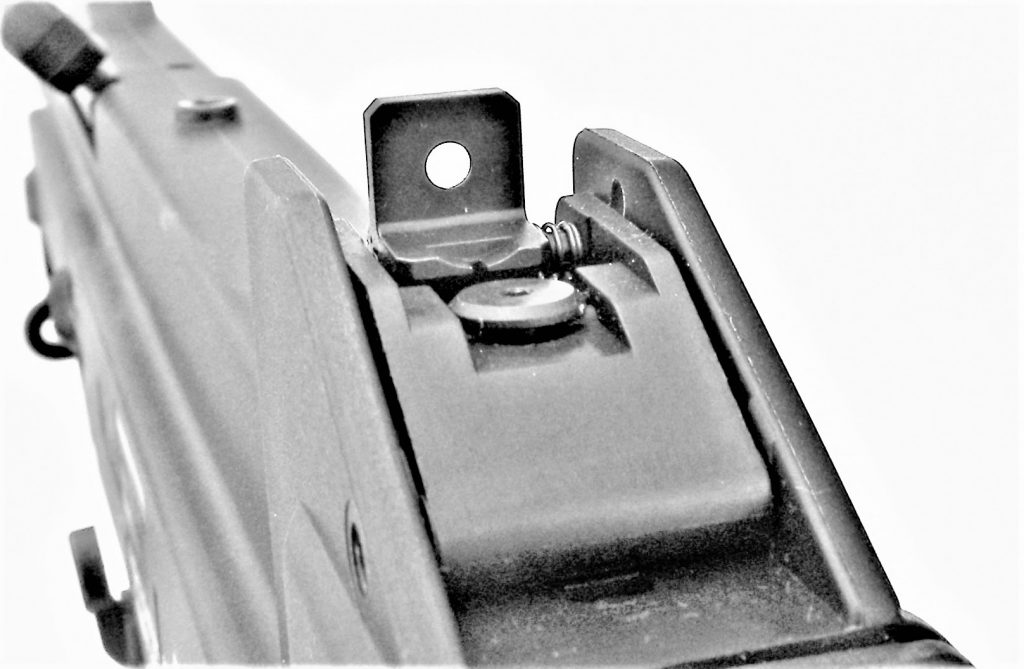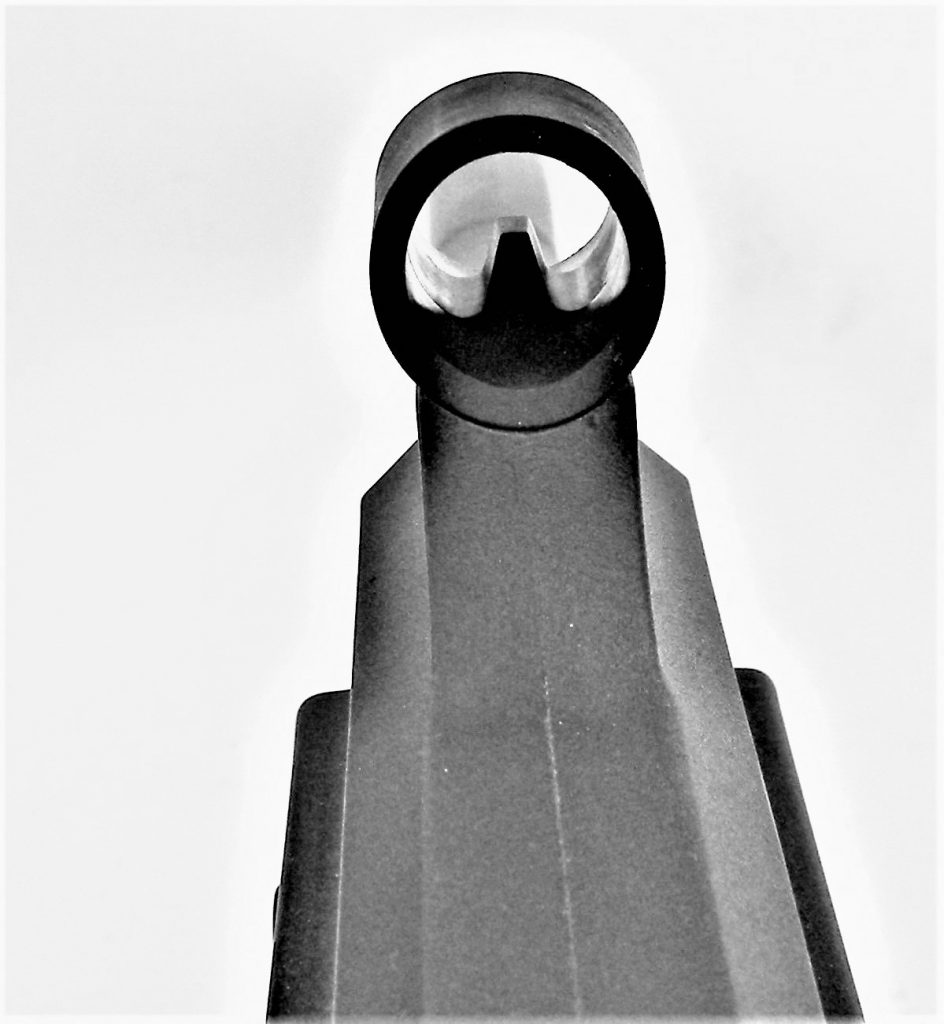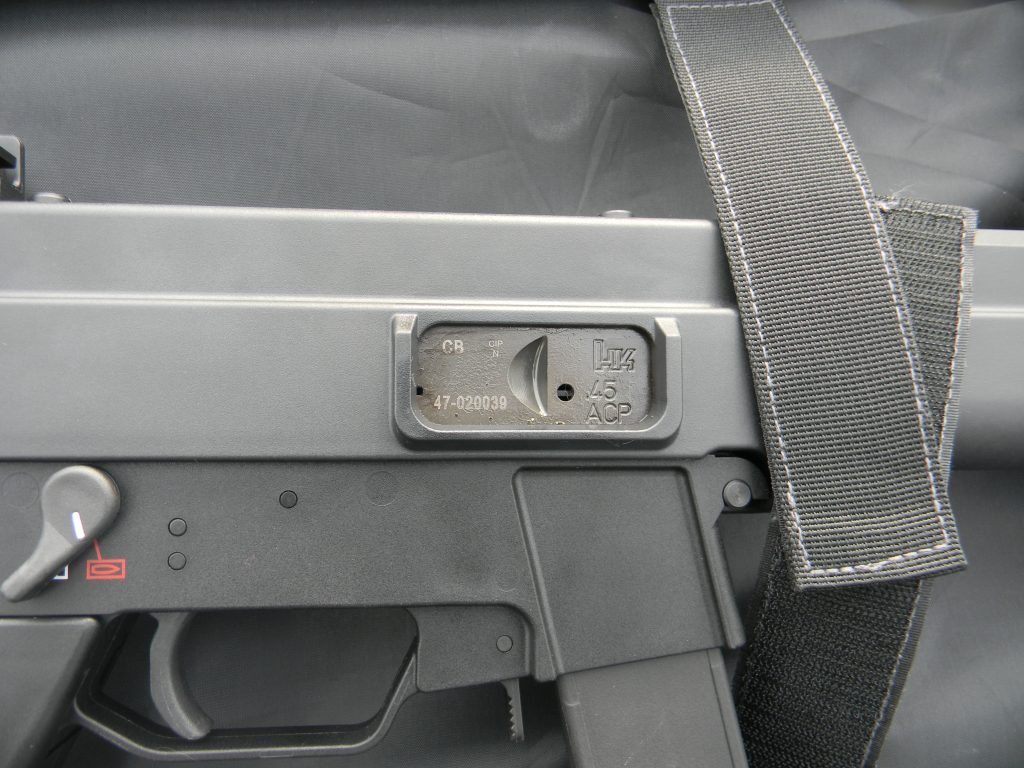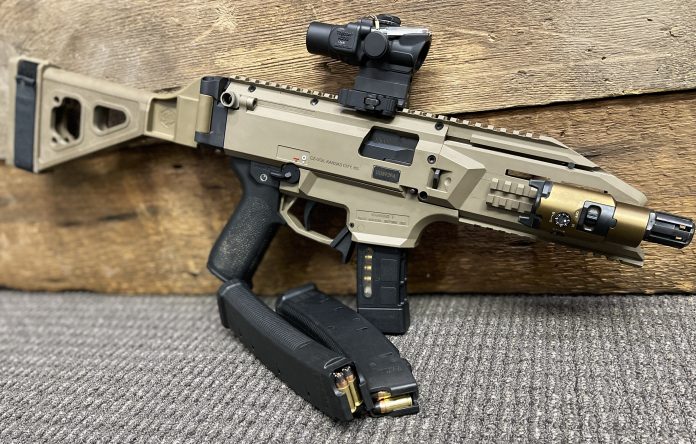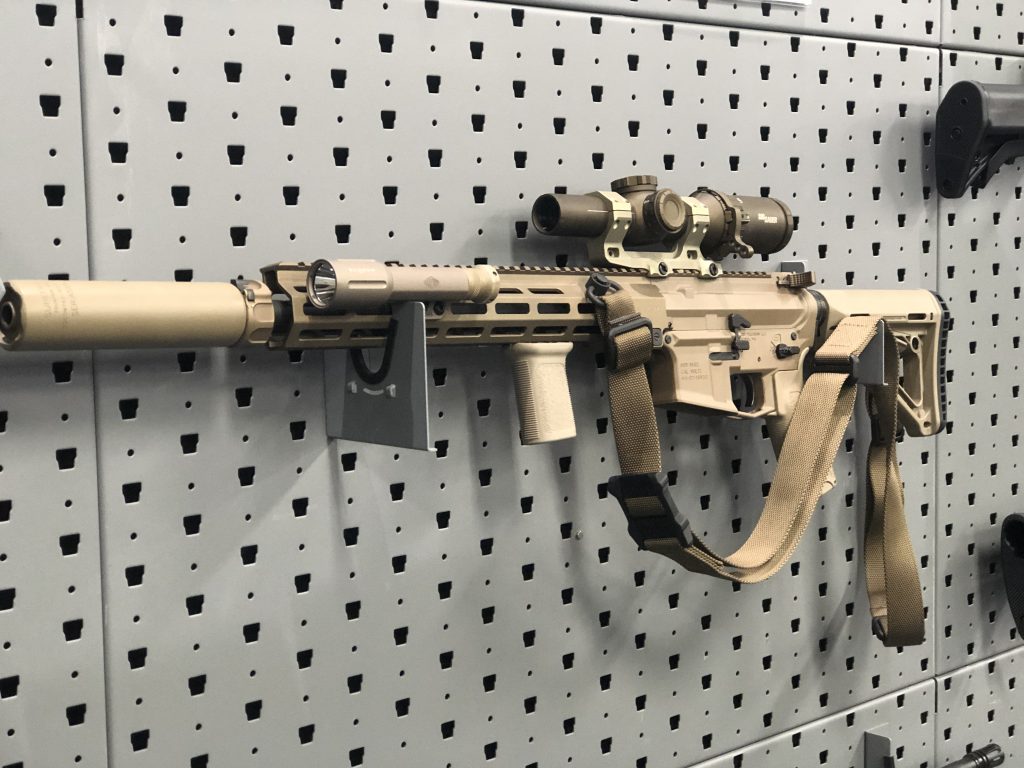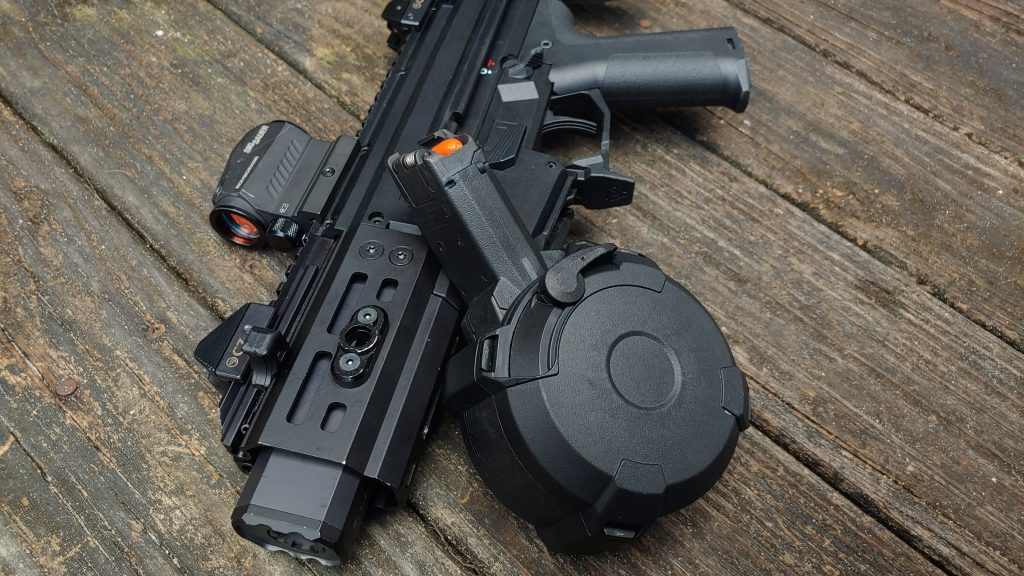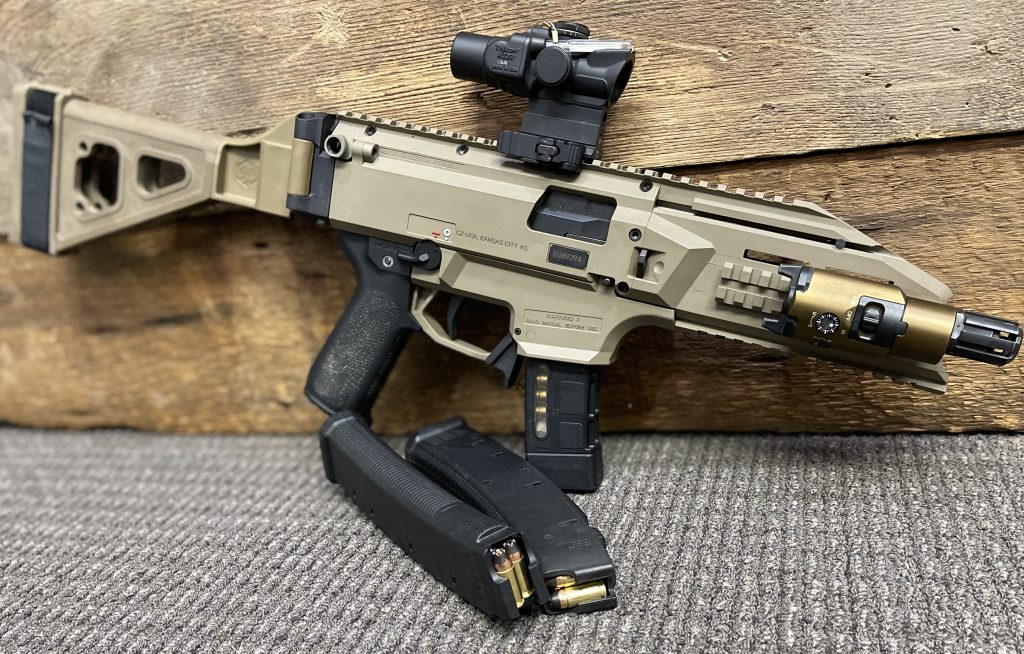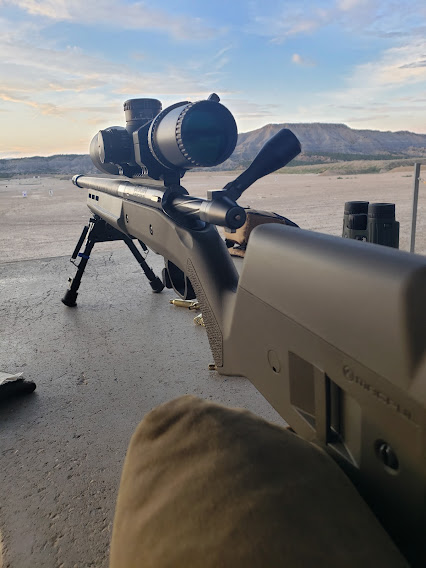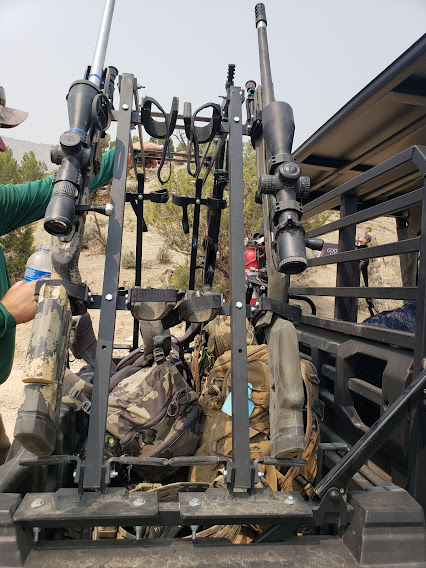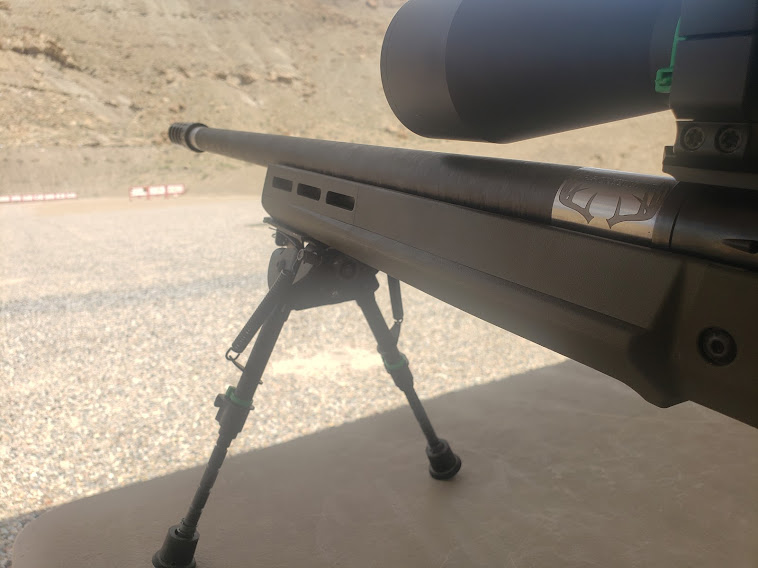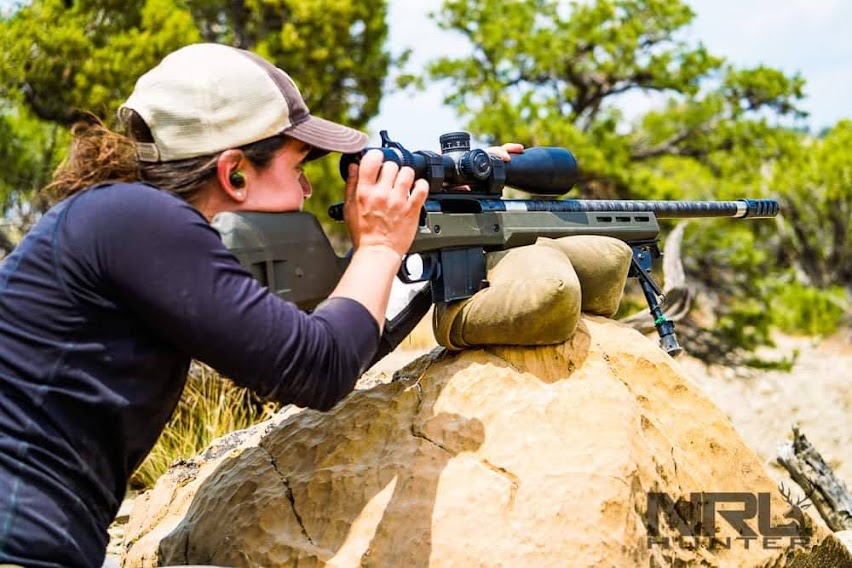Heat isn’t just a great movie. It’s one of the best gun movies. Shooters will appreciate the weaponry, the weapon’s handling, and the gritty realism in regards to firearms. It’s a slow movie with intense action and plenty of gunplay. Today we are going to examine the rifles of Heat. Specifically, the rifles utilized by the main characters in the film. They need to be a named star to get a spot on this list. In researching this, I learned a few things. First, the mid-90s had some great guns. Second, Mann loves names that are tough to type.
The Rifles of Heat
We are going to break this down by the rifles and the characters who use them. This seems to be the easiest way to organize the list. What you’ll notice as we go over the rifles of Heat is that there tends to be some logic in the rifles wielded by each character. It seems to match not just their mission but their attitudes and personalities as well.
FN FAL 50.61
My favorite character Cheritto utilizes the FN FAL, specifically a 50.61 variant with a 20-inch barrel and folding stock. FALs function as full-powered battle rifles and had armed the majority of Western European forces for decades. It’s an interesting choice for an armored car heist, but if a gunfight occurred would make short work of most thin skin cars. The FAL utilizes 7.62 NATO rounds and in 1995 would be a very capable battle rifle, although I’m not sure how comfy the metal stock will be.
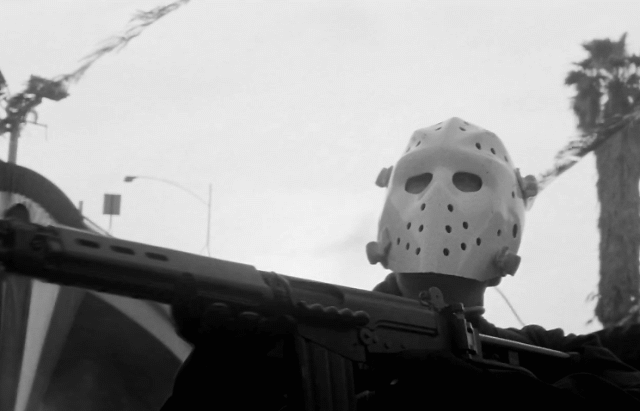
HK91A2
Shiherlis makes use of a battle rifle during a meet to sell some stolen goods. He covers an ally and makes good use of the range and power of a battle rifle. The HK91A2 is another 7.62 NATO rifle and is a civilian variant of the G3 battle rifle. He utilizes a bipod in the prone, but when necessary, goes to the standing position. I can’t help but feel an optic would have been appropriate for this role. The G3 started HK’s love affair with roller delayed weaponry and helped make HK a household name.
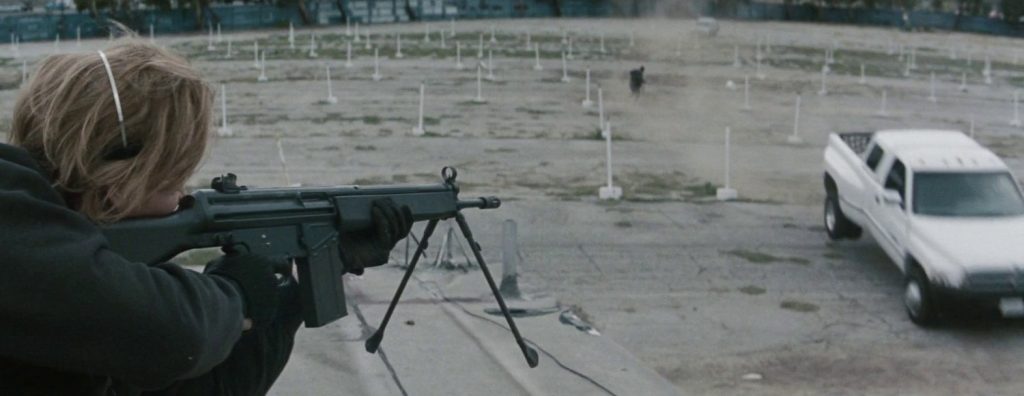
Galil
In the main heist, Cheritto wields the Galil, proving his love of folding stocks. The Galil is an AK clone that heavily refines the ergonomics, makes use of better sights, and this model uses 5.56. This rifle is still heavy but much easier to wield than a FAL and easier to conceal under a suit jacket. The Galil came from the Israelis’ need for a domestically produced assault rifle, and the Galil answered the call with style.
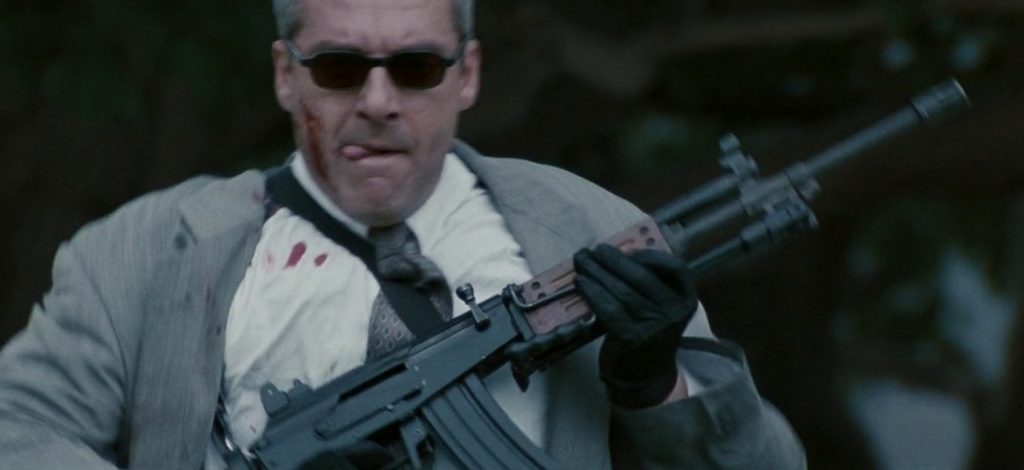
AKM
We see Danny Trejo, named Trejo in the film, carry but never use a Chinese AKM. The weapon has an under folding stock and is carried with the stock folded. The perfect weapon for a street-level criminal who needs some cheap firepower that’s disposable for a quick heist. Famously, Norinco rifles like this were banned from export when the Chinese tried to sell rocket launchers to street gangs, so it lends the use of Type 56 even more credence as one of the rifles of Heat.
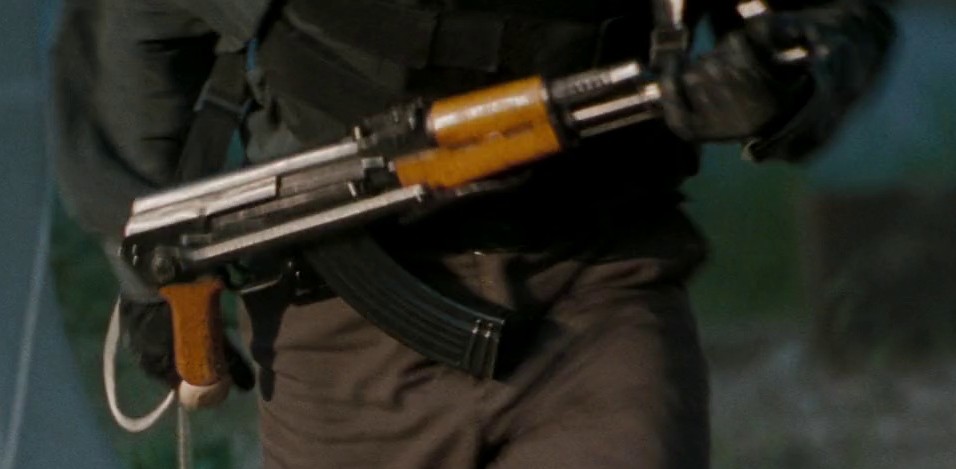
Colt Model 654
In that armored car heist, McCauley wielded the Colt Model 654. This lightweight carbine predates the M4 but features the familiar 14.5-inch barrel length. The Model 654 kills the second guard with a controlled string of fire. What stands out most about the 654 is the fact it’s essentially a carbine of the M16A1. We get an exceedingly lightweight weapon that trimmed off the forward assist. It’s a great choice when you need compact, lightweight firepower.
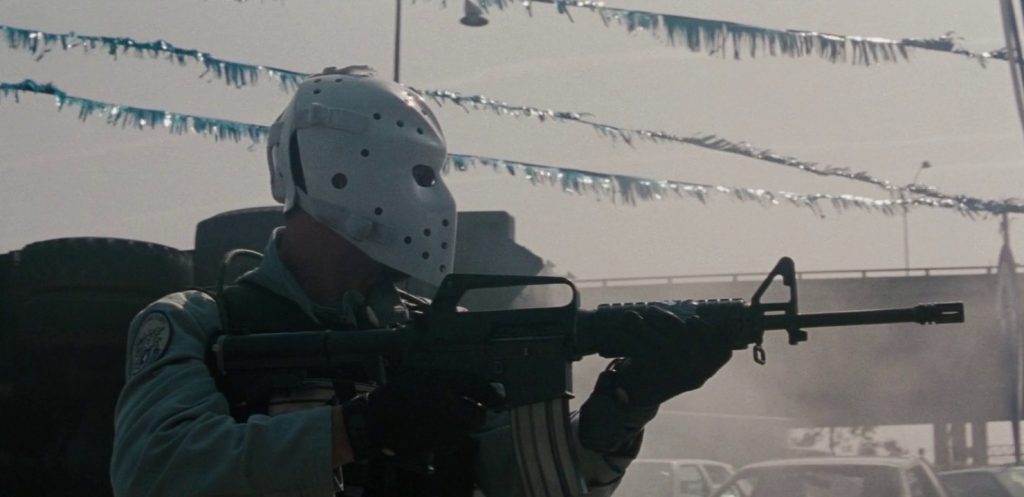
Cold Model 733
During the bank heist, McCauley and Shiherlis wield twin Colt Model 733s, and during the armored car robbery, Shiherlis wields one. These rifles are super light and feature very short 11.5-inch barrels but also feature forward assist buttons. The Model 733s provide both men with compact rifles that are almost completely concealed under suit jackets used inside vehicles. In fact, we see McCauley do just that by shooting through the windshield when the cops start the fight.
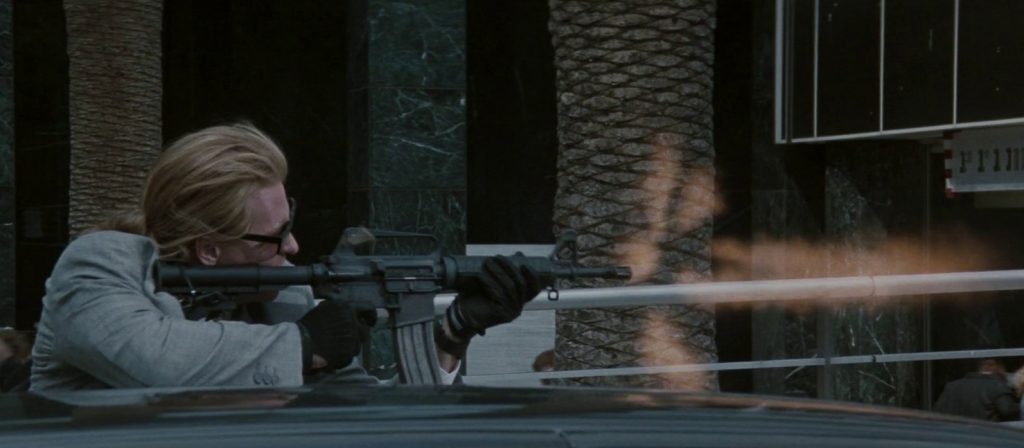
We see this gun get lots and lots of love and between McCauley and Shiherlis, the Colt Model 733 likely fires the most rounds of any of the rifles of Heat.
FN FNC
Most of the rifles of Heat make sense. One that sticks out is Pacino’s FN FNC. He’s an LAPD cop, so he should be suing an M16 like every other cop, but he gets a special gun, the FN FNC. The FN FNC came to be because FN saw that the world was moving from battle rifles and to assault rifles. They needed an intermediate rifle in their caliber, so the FN FNC came to be. This 5.56 caliber rifle wasn’t as successful as the FAL but proved to be a decent rifle.
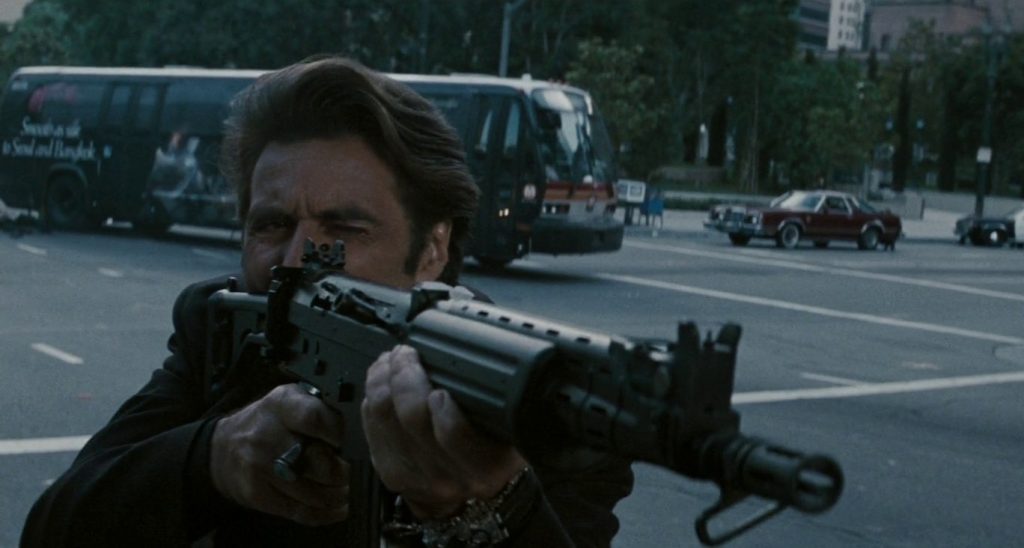
Pacino’s had the shorter paratrooper length barrel and the folding metal stock. He uses it very efficiently to take a headshot in a hostage situation. The FN FNC never became a movie star but stood out well as a hero gun in Heat.
Long Guns
The rifles of Heat emphasize modern rifles circa 1995. Not only are the guns cool to look at, but it’s fun to watch well-trained actors utilize them. The action is slick, and the guns get lots of time on target. Well, most, we could’ve used more FAL and AK action, but I’ll take what we got to see those sweet 733s rock and roll.

